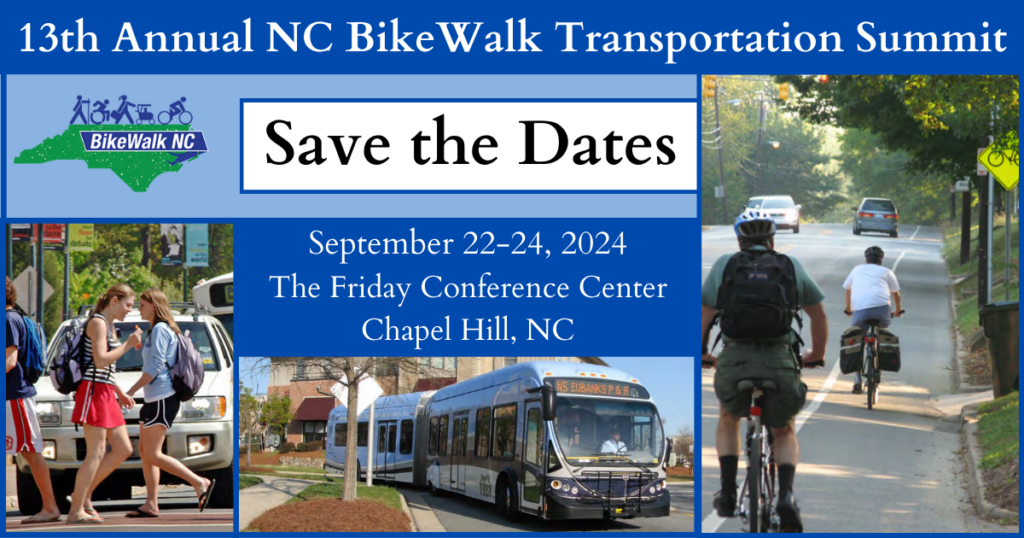BikeWalkNC has launched its first-ever Public Service Announcement (PSA) campaign aimed at promoting traffic safety with the powerful tagline “In This Together.”
The PSA, developed in collaboration with renowned filmmakers and safety experts, underscores the importance of mutual respect and cooperation among all road users, including pedestrians, cyclists, and motorists. It highlights the shared responsibility we all have in creating safer streets and fostering a culture of mutual understanding and empathy on the roads.
The PSA features compelling visuals and narratives depicting real-life scenarios where cooperation and understanding among pedestrians, cyclists, and motorists lead to safer outcomes. By emphasizing the interconnectedness of all road users and the need for mutual respect, the campaign seeks to foster a culture of empathy and solidarity on the streets of North Carolina, especially as we approach Bike Month and the Ride of Silence.
BikeWalkNC encourages individuals and communities across North Carolina to join the movement for safer streets by sharing the PSA on social media platforms and engaging in conversations about traffic safety. By amplifying the message of “In This Together,” we can create a ripple effect of positive change and build a safer, more inclusive transportation network for all.
To view the “In This Together” PSA and learn more about BikeWalkNC’s initiatives, please watch the video below.
